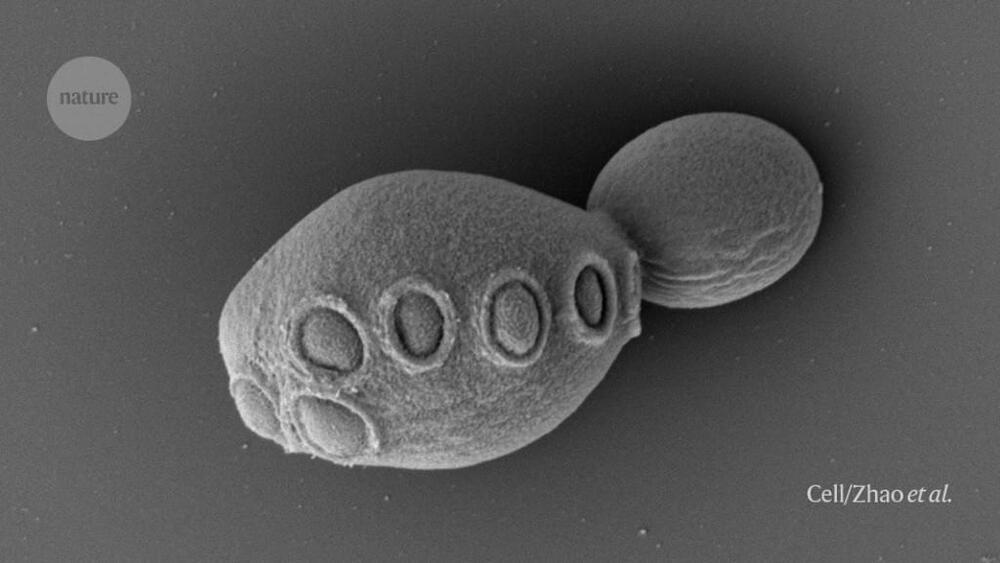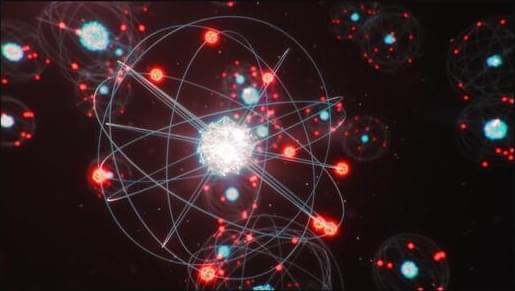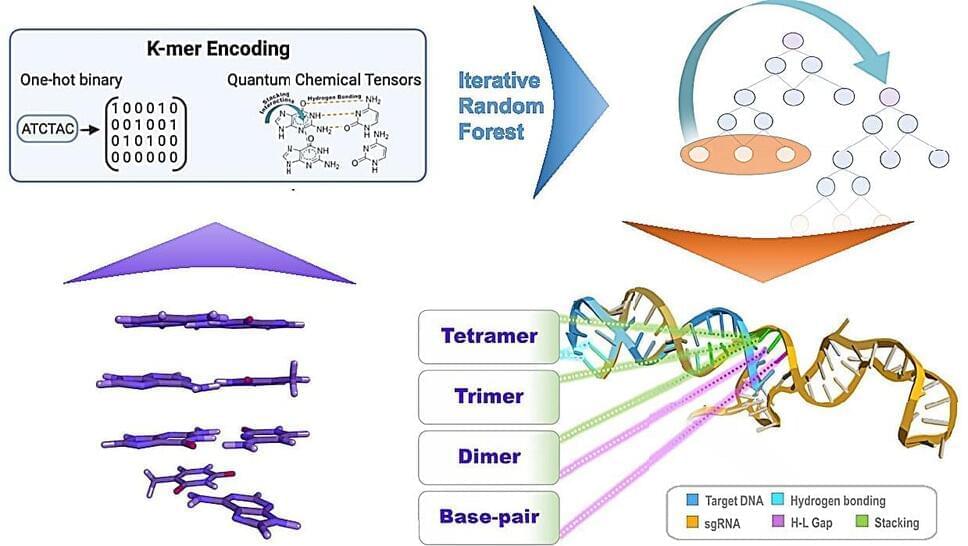Nature Biologists have produced a strain of yeast whose genome is more than 50% synthetic DNA.
Highly edited strain survives and replicates despite containing 7.5 artificial chromosomes.

Not a perfect presentation but a quantum Internet will be nice. The question is, how will bad actors/Black Hat hackers adapt?
Dive into the mind-bending future of technology with our latest video, Quantum Internet Will Change The World In this groundbreaking exploration, we unravel the mysteries of quantum computing and its revolutionary potential to transform the way we connect online. Discover how quantum entanglement and superposition are reshaping the internet landscape, promising unparalleled security, lightning-fast speeds, and unimaginable data processing capabilities.
Join us on this journey through the quantum realm, where the laws of physics blur, and the internet as we know it takes a quantum leap into the future. Prepare to be amazed by the limitless possibilities that await in the world of quantum internet. Don’t miss out on this quantum revolution! Hit that subscribe button, click the notification bell, and stay tuned for more mind-expanding content. #QuantumInternet #FutureTech #InnovationRevolution #QuantumComputing #TechBreakthroughs #ai #thetechailab.tunnelvison
Another good use for AI. Fighting disinformation.
About 60% of adults in the US who get their news through social media have, largely unknowingly, shared false information, according to a poll by the Pew Research Center. The ease at which disinformation is spread and the severity of consequences it brings — from election hacking to character assassination — make it an issue of grave concern for us all.
One of the best ways to combat the spread of fake news on the internet is to understand where the false information was started and how it was disseminated. And that’s exactly what Camille Francois, the chief innovation officer at Graphika, is doing. She’s dedicated to bringing to light disinformation campaigns before they take hold.
Francois and her team are employing machine learning to map out online communities and better understand how information flows through networks. It’s a bold and necessary crusade as troll farms, deep fakes, and false information bombard the typical internet user every single day.
Francois says, this work is two parts technology, one part sociology. The techniques are always evolving, and we have to stay one step ahead.” We sit down with Francois for an in-depth discussion on how the tech works and what it means for the dissemination of information across the internet.

The nuclear fusion industry witnessed tremendous developments in 2023. The year 2022 drew its curtains with the National Ignition Facility (NIF) at Lawrence Livermore National Lab producing a fusion reaction in the laboratory that yielded more energy than was absorbed by the fuel to initiate it. The reaction yielded 1.3 megajoules of energy, about five times the 250 kilojoules that were absorbed by the capsule. This scientific breakthrough sparked an increase in investments in 2023 with new companies joining the race.
The Fusion Industry Association, or FIA, compiled the “Global Fusion Industry Report” of 2023. Pressing for fusion energy to take over as a cleaner source of energy, FIA presented a comprehensive overview of the advancements made in the second quarter of the year in this report. It highlights the effect of a successful ignition or net energy gain in nuclear fusion and its economic consequences.
FIA observed a net increase in investments in the fusion power industry. With $1.4 billion more than the previous year, 27 companies in fusion were able to draw $46 billion in investment. The ignition inspired the emergence of newer and smaller companies which contributed the majority share of the surge in investments. There are two reported big chequeholders securing funding over $100 million in the 2nd quarter—TAE Technologies in California and ENN in China.

This is a good application for medicine. 👍🏼
“I practically could not walk anymore without falling frequently, several times a day,” said Marc, who is now 62 years old. “In some situations, such as entering a lift, I’d trample on the spot, as though I was frozen there, you might say.”
“This allows me to walk better and to stabilize. I’m not even afraid of the stairs anymore.”
What’s new? Marc’s problem is unfortunately not unusual — about 90% of people with Parkinson’s develop a disabling walking disorder in the disease’s advanced stages. However, unlike anyone else in the world, an experimental spinal cord stimulator is now helping him overcome his mobility issue.


Last week was an important moment in the debate about AI, with President Biden issuing an executive order and the UK’s AI Safety Summit convening world leaders.
Much of the buzz around these events made it sound like AI presents us with a binary choice: unbridled optimism, or existential fear. But there was also a third path available, a nuanced, practical perspective that examines the real risks and benefits of AI.
There have been people promoting this third perspective for years — although GPT-fueled headlines of the past 12 months have often looked past them. They are foundations, think tanks, researchers and activists (including a number of Mozilla fellows and founders) plus the policymakers behind efforts like last year’s AI Blueprint for an AII Bill of Rights.

Scientists at Oak Ridge National Laboratory have used their expertise in quantum biology, artificial intelligence and bioengineering to improve how CRISPR Cas9 genome editing tools work on organisms like microbes that can be modified to produce renewable fuels and chemicals.
CRISPR is a powerful tool for bioengineering, used to modify genetic code to improve an organism’s performance or to correct mutations. The CRISPR Cas9 tool relies on a single, unique guide RNA that directs the Cas9 enzyme to bind with and cleave the corresponding targeted site in the genome.
Existing models to computationally predict effective guide RNAs for CRISPR tools were built on data from only a few model species, with weak, inconsistent efficiency when applied to microbes.


Researchers from the Niels Bohr Institute (NBI) have removed a key obstacle for development of extremely sensitive monitoring devices based on quantum technology.
Monitoring the heartbeat of an unborn child and other types of delicate medical examinations show the potential of quantum sensors. Since these sensors exploit phenomena at the scale of atoms, they can be far more accurate than today’s sensors.
Researchers from the Niels Bohr Institute (NBI), University of Copenhagen, have managed to overcome a major obstacle for development of quantum sensors. Their results are published in Nature Communications.